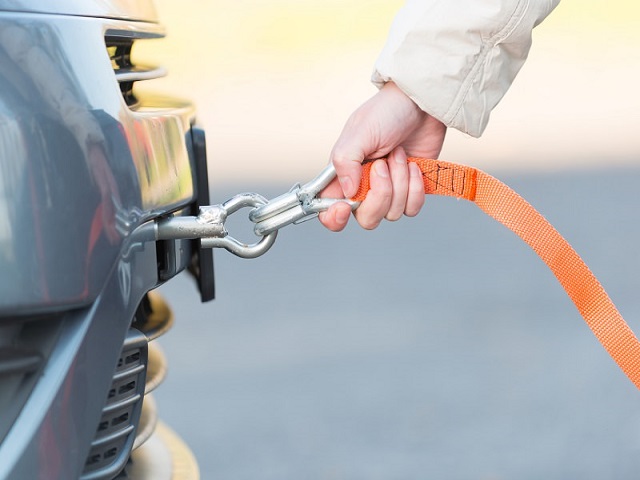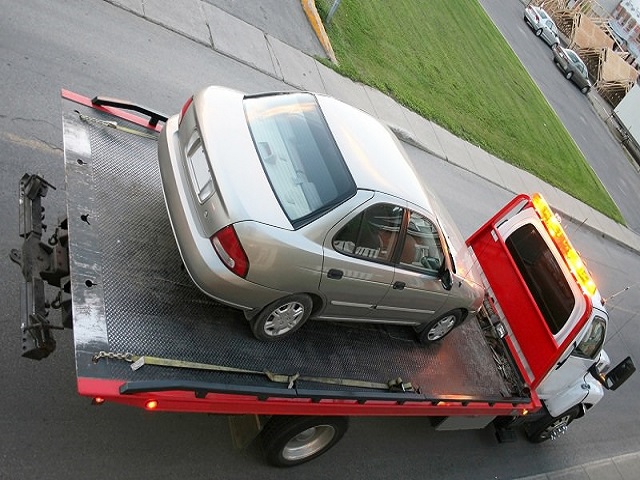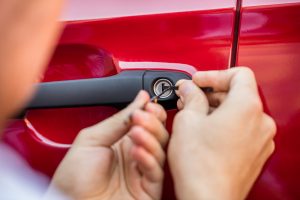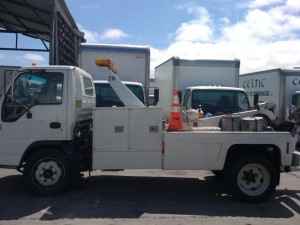Why is checking your tires on a regular basis so important?
It’s simple: they’re in constant contact with the road as you drive. And if your tires become too worn or damaged without you realizing, they may put you at risk.
In fact, research by the National Highway Traffic Safety Administration (NHTSA) shows hundreds of deaths occur each year due to tire-related issues.
But you can check your tires more quickly and easily than you may expect. Here are 5 simple techniques to try.
-
Check your tire date
Some things just get better with age. Unfortunately, tires don’t. That’s why it’s crucial to check their dates.
You’ll find the DOT (Department of Transportation) stamp on your tires’ sidewall, with a four-digit figure, known as the date code. This shows the tire passed the test criteria laid out by the Department of Transportation successfully.
The first two numbers refer to the week, and the next two represent the year. For example, your DOT code maybe 3618: the 36th week in the year 2018.
The Department of Transportation suggests you replace your tires at least once per decade, though it’s best to do so far more frequently. Especially if you’re based in a hot, dry location, which causes tires to age faster.
-
Examine your tire pressure
Checking the pressure is vital to keep your tires in good shape. You can either take this to a professional or try it yourself using a tire pressure gauge.
How do you check? Take the valve stem cap off, apply the gauge to said stem, and push until you no longer hear that unmistakable ‘hiss’.
Once you do, lift the gauge away and look at the pressure reading. Next, compare it to the recommended level of inflation your car or truck manufacturer suggests.
-
Take the penny test
The penny test is a tried-and-true technique for checking your tires. And it’s as simple as it sounds.
Just grab any penny and slot it into your tires’ tread, upside down. The aim is to assess how much of the coin you can see: basically, the top of President Lincoln’s head should be hidden by the tread entirely.
If not, it may mean you need new tires.
Loss of tread means your car or truck won’t handle as well as it should. This can be dangerous in wet or icy conditions, so change yours as soon as possible if they fail the penny test.
-
Pay attention to tire alignment
Tires can become misaligned over time, especially if you drive over bumpy roads or hit potholes on a regular basis.
Poor alignment can:
- Lead your treads to wear unevenly and prematurely
- Cause your car to pull in one direction
- Place unnecessary strain on your vehicle’s suspension system
- Compromise braking speed and efficiency
Check your tires for unmatched wear, and watch out if you feel your car’s dragging to the left or right.
-
Hear what your tires tell you
Finally, listen to the sounds your tires make as you drive.
For example, if you notice an unusual humming, your tires may be affected by uneven wear. Likewise, grinding sounds may indicate your wheel bearing needs a closer look.
Have your tires checked by an expert if they start making different noises, especially if they grow louder or more frequent?
Taking the time to check your tires regularly is crucial to stay safe on the road. But if you ever find yourself stranded because of bad tires, call our professional towing team in Sacramento. We’re here to help 24/7.








